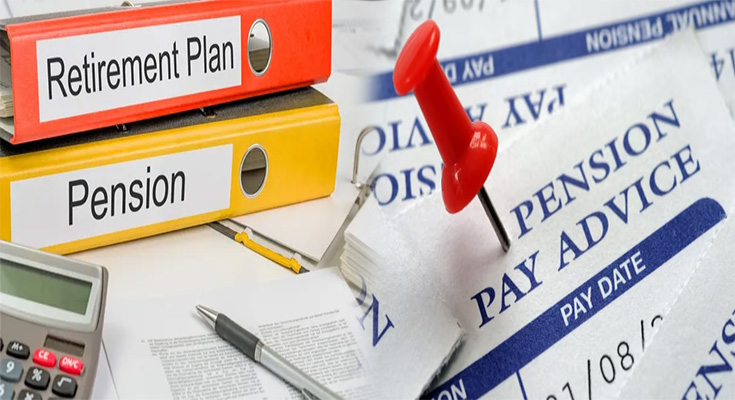
Pension Planning: Retirement Income Sources
Retirement income is a term that describes the money you will receive from your pension plan. It is also known as annuity income and can be made up of a number of sources, including fixed deposits, insurance policies or even proceeds from property investments.
Pension definition
A pension is a regular payment made to you after you retire. It is usually based on your salary and how long you have worked. The payments are usually tax free, so they can help to supplement other sources of income such as savings or investment returns.
There are different types of pensions:
- Defined benefit schemes – These were very common in the past but now only around 5% of people are members of them; these provide an assured level of income based on your salary and length of service with an employer or other organisation (e.g., public sector). You may also get inflation





